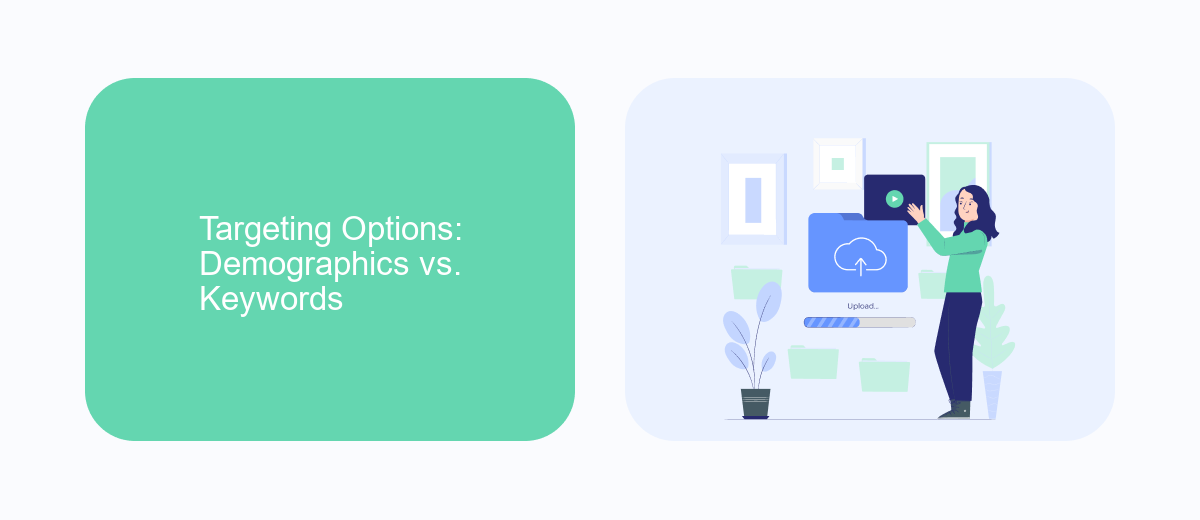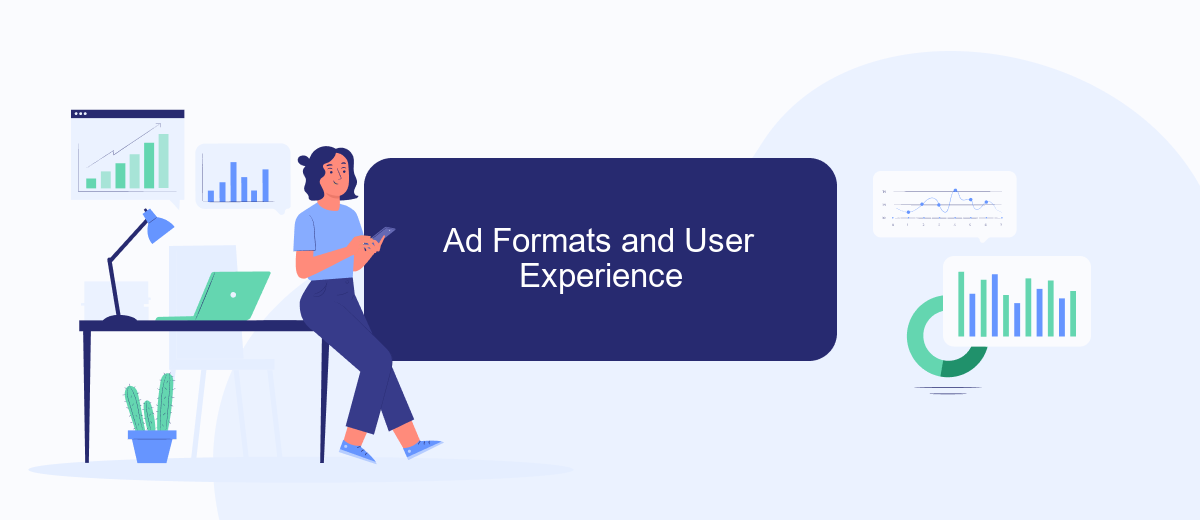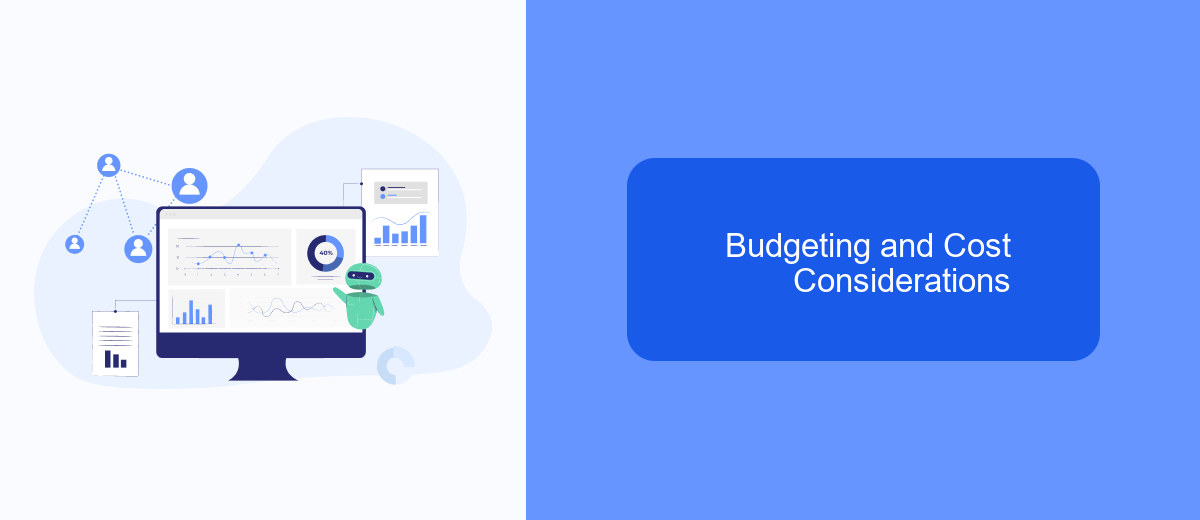In the ever-evolving landscape of digital marketing, businesses are often faced with the choice between Facebook Ads and Google Ads. Both platforms offer unique benefits and cater to different marketing strategies, making the decision crucial for maximizing ROI. This article delves into the strengths and weaknesses of each platform, helping marketers determine which is best suited for their specific advertising goals and audience engagement.
Understanding the Core Differences: Reach vs. Intent
When comparing Facebook Ads and Google Ads, understanding the core differences between reach and intent is crucial for marketers. Facebook Ads primarily focus on reaching a broad audience by leveraging user demographics, interests, and behaviors. This platform is ideal for brand awareness and engaging potential customers who might not be actively searching for specific products or services. In contrast, Google Ads target users with a clear intent to find information or make a purchase, as they are actively searching for specific keywords.
- Facebook Ads: Emphasizes broad audience reach through demographic and interest-based targeting.
- Google Ads: Focuses on capturing user intent by targeting specific search queries.
- Reach vs. Intent: Facebook excels in broad exposure, while Google excels in targeting purchase-ready consumers.
Ultimately, the choice between Facebook Ads and Google Ads depends on your marketing goals. If your objective is to increase brand visibility and engage a wide audience, Facebook Ads may be more suitable. However, if you aim to capture users with a high purchase intent, Google Ads can be more effective. Both platforms offer unique strengths, and a balanced approach may yield the best results.
Targeting Options: Demographics vs. Keywords

When it comes to targeting options, Facebook Ads and Google Ads offer distinct approaches. Facebook Ads primarily focus on demographics, allowing advertisers to target users based on age, gender, location, interests, and behaviors. This demographic targeting is highly effective for businesses looking to reach specific audience segments with tailored messages. By leveraging Facebook's vast user data, advertisers can create detailed audience profiles to ensure their ads are seen by the most relevant users. This approach is ideal for businesses aiming to build brand awareness or engage with a specific community.
On the other hand, Google Ads centers around keyword targeting, enabling advertisers to reach potential customers based on their search queries. This method is particularly effective for capturing user intent, as it allows businesses to display ads to individuals actively searching for related products or services. By selecting the right keywords, advertisers can position their offerings directly in front of interested users, driving higher conversion rates. For businesses seeking to integrate their advertising efforts with other platforms, services like SaveMyLeads can streamline the process, ensuring seamless data flow and maximizing the effectiveness of both Facebook and Google Ads campaigns.
Ad Formats and User Experience

When comparing Facebook Ads and Google Ads, it's essential to consider the variety of ad formats and the overall user experience each platform offers. Both platforms provide unique opportunities for advertisers to engage their target audiences, but they do so in different ways that can significantly impact campaign outcomes.
- Facebook Ads: Facebook offers a range of ad formats including image ads, video ads, carousel ads, and slideshow ads. These formats are designed to blend seamlessly into the user's news feed, providing a more native and less intrusive experience. Facebook's focus on visually engaging content allows for creative storytelling and brand-building opportunities.
- Google Ads: Google provides text-based search ads, display ads, shopping ads, and video ads on YouTube. These ads are intent-driven, appearing when users search for specific products or services. Google's ad formats are designed to provide quick, relevant information that aligns with user intent, making them highly effective for direct response campaigns.
Ultimately, the choice between Facebook Ads and Google Ads depends on your marketing goals and target audience. Facebook excels in creating engaging, visually appealing ads that capture attention, while Google is unmatched in delivering ads based on user intent and search behavior. Understanding these differences can help you optimize your advertising strategy for the best user experience and results.
Budgeting and Cost Considerations

When deciding between Facebook Ads and Google Ads, budgeting and cost considerations play a crucial role. Both platforms offer different pricing models and targeting options, which can significantly impact your advertising budget. Understanding these differences will help you allocate your resources more effectively.
Facebook Ads generally operate on a cost-per-click (CPC) or cost-per-thousand-impressions (CPM) basis, making it flexible for advertisers with varying budgets. In contrast, Google Ads primarily use a pay-per-click (PPC) model, where advertisers bid on keywords to display their ads in search results. This bidding process can lead to higher costs, particularly for competitive keywords.
- Facebook Ads: Offers detailed audience targeting and typically lower CPC.
- Google Ads: Provides access to high-intent users but may require a higher budget.
- Consider seasonality: Costs can fluctuate based on demand and competition.
- Set clear goals: Define your objectives to determine the best platform for your needs.
Ultimately, the choice between Facebook Ads and Google Ads should be guided by your specific marketing goals and budget constraints. By carefully analyzing cost structures and audience reach, you can make an informed decision that maximizes your advertising ROI.
- Automate the work with leads from the Facebook advertising account
- Empower with integrations and instant transfer of leads
- Don't spend money on developers or integrators
- Save time by automating routine tasks
Measuring Success and ROI
When evaluating the success of your advertising campaigns on Facebook and Google, it's crucial to focus on key performance indicators (KPIs) such as click-through rates (CTR), conversion rates, and cost per acquisition (CPA). These metrics provide insight into how effectively your ads are engaging your audience and driving desired actions. Additionally, leveraging tools like Google Analytics and Facebook's Ads Manager can help in tracking these KPIs, offering a comprehensive view of your campaign performance. Understanding these metrics allows for better optimization of ad spend, ensuring that your budget is allocated to the most effective strategies.
Moreover, integrating services like SaveMyLeads can streamline the process of capturing and analyzing data from your ad campaigns. This automation tool enables seamless data transfer between platforms, ensuring that you have real-time access to lead information and campaign results. By utilizing such integrations, you can enhance your ability to measure ROI accurately, making informed decisions to refine your marketing efforts. Ultimately, the key to maximizing ROI lies in continuous monitoring and adjustment of your advertising strategies based on data-driven insights.
FAQ
What are the main differences between Facebook Ads and Google Ads?
Which platform is more cost-effective for advertising?
How can I track the performance of my ads on both platforms?
Can I run ads on both platforms simultaneously?
How can I automate my ad campaigns on Facebook and Google?
SaveMyLeads is a simple and effective service that will help you automate routine tasks and optimize business processes. Stop wasting time uploading leads from Facebook manually – you can do it automatically, saving a lot of time and money. Eliminate routine from workflows and achieve more with minimal investment of money, effort and human resources.

